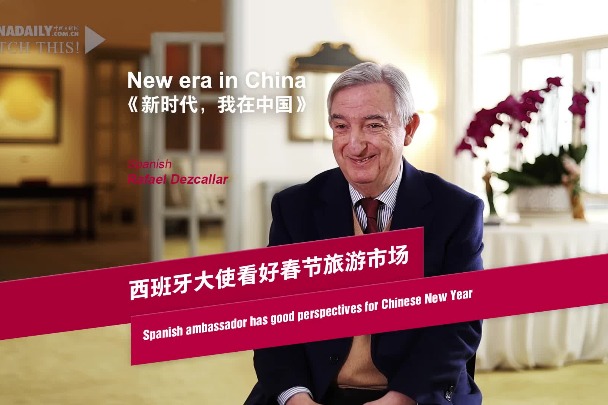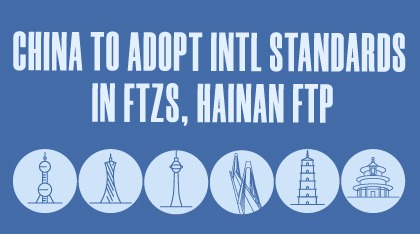Japanese tech behemoth Canon Inc is looking to further tap the immense potential of China's consumer market, especially Generation Z shoppers, and deepen collaboration with local partners to adapt to the rapidly changing needs of Chinese consumers, said a senior company executive.
China serves as one of the most important markets in Canon's global business layout, and the company will intensify efforts on research and development, as well as production, in the world's second-largest economy, said Hideki Ozawa, executive vice-president of Canon, and president and CEO of Canon China.
Ozawa said young Chinese consumers, especially Generation Z, are willing to pay for what they want, and prefer to take pictures with dedicated cameras more than previous generations, which presents broad development prospects for Canon.
"We noticed that nowadays Chinese young generations are inclined to share their daily lives through various social media platforms, such as Xiaohongshu, Douyin and Bilibili," he said.
In the past, they used to upload photos with their mobile phones, but currently they want to take high-quality photos and get more recognition and praise from other people via sharing their photos online, thus driving camera sales, he added.
China's entertainment, sports and tourism sectors have witnessed rapid growth despite facing downward economic pressure, the Japanese executive said.
Canon is developing products tailored to Gen Z's aesthetic and usage habits, such as youth-focused mirrorless cameras and customized printing solutions, to attract more young consumers.
Ozawa said global sales of cameras rose about 16 percent year-on-year in 2024, and the growth rate in China reached 28 percent, making it tops worldwide, while highlighting that the Chinese camera market has maintained speedy growth for two straight years in the post-COVID era. It is noteworthy that revenue from China's mirrorless camera market surged about 33 percent in 2024 compared to a year earlier.
As China is stepping up policy support for the development of the "silver economy", Ozawa said the company hopes to seize the vast consumption potential of senior shoppers, who are expressing greater interest in taking high-quality pictures and videos. Canon plans to roll out more innovative products and services that meet the diverse and personalized needs of Chinese consumers.
He added that Chinese government subsidies for consumer electronics and support for the camera market have created new opportunities for the imaging industry, driving Canon's imaging product sales to new heights.
"We are confident that with the support of national consumption promotion policies, we can return to the golden era of the camera market."
The expansion of consumer goods trade-in programs is welcome news, and Canon looks forward to seeing categories such as digital cameras and printers receive subsidy support nationwide, Ozawa said, adding that China's focus on consumption-led growth serves as a powerful driver of economic stability and business expansion.
"Canon will continue to increase its investment in China, provided that Canon China will increase our business year-by-year."
He also said China is expected to maintain its leading position in cutting-edge technologies in the coming years with a strong emphasis on R&D and supportive government policies, which not only drives domestic innovation, but also contributes to the global technological landscape, making it more dynamic and competitive.
The Ministry of Commerce said foreign direct investment on the Chinese mainland in actual use reached 171.21 billion yuan ($23.3 billion) in the first two months, during which 7,574 new foreign-invested enterprises were established nationwide, up 5.8 percent year-on-year.
Zhang Jianping, deputy director of the academic committee at the Chinese Academy of International Trade and Economic Cooperation, said China will hold a greater appeal for foreign companies, especially those in the manufacturing sector, given the nation's unwavering efforts to expand high-standard opening-up by removing all restrictions on foreign investment access in manufacturing and continuously optimizing its business environment.






